Assessment of the suitability of Triticum turgidum accessions for incorporation into a durum wheat breeding program

Authors:
Expanding the genetic basis of modern wheat cultivars may improve yield stability and increase grain yields under climatic changes, to feed the growing human population. The main objective of this study was to evaluate the potential for incorporation into a durum wheat breeding program of 64 accessions of tetraploid wheats from six sub-species of Triticum turgidum, tested under rainfed (terminal drought stress) and irrigated (non-terminal drought stress) conditions during two cropping seasons. The accessions were assessed for twelve above-ground agro-physiological traits, drought tolerance and stability performance. The combined analysis of variance indicated that variability due to genotype, environment and genotype by environment (GE) interaction was highly significant (P < 0.01) for all traits tested into these experiments. Genotype, environment and GE interaction accounted for 34.2%, 27.8% and 25.3% of the total variation in grain yield, showing that this trait was mainly affected by genotypic variation. Based on the results, the genetic potential for high and stable grain yield and drought tolerance was found mainly in T. turgidum subsp. turgidum and T. turgidum subsp. durum, which could be explored in the durum breeding program. The cluster analysis revealed that the grouping patterns of tetraploid wheat accessions are not due to their geographical origin and their respective subspecies classification. Among the accessions, G56 (subsp. turgidum), G20, G63, G64, G6 and G4 (all belonging to subsp. durum) were the best in terms of providing high and stable grain yield in combination with breeder-preferred traits (i. e. earliness, higher kernel weight, and plant stature characteristics) adequate for drought tolerance. In conclusion, the identified accessions are valuable genetic resources that should be used directly for cultivar recommendation or to be crossed with native or commercial cultivars for improve yield productivity in durum wheat under the new circumstances of climatic change.
